
Does Physical Stress Hurt Work Performance?
Endurance Training Experiments In Rotorua, New Zealand
Is all stress created equal? It’s a thought that swirled around with me during the first stop of the World Tour in New Zealand several months ago. There’s a theory that one’s body and mind tap into the same stress management reservoir. In other words, work all day on a really cerebral and demanding project; and a person’s body will struggle to step out and put a huge workout down (performing at a baseline best). Vice versa for doing a huge session on the mountain bike and then trying to spend a rigorous day tapping keys on the ol’ laptop.
“Endure” has sparked an idea that I had to explore
Endure a book by Alex Hutchinson has kept me up a bit past my bedtime exploring this concept. Hutchinson refers to the legendary Tim Noakes and a study he did that found that people who were exposed to either a series of computer based challenges or a watched a dull documentary then both performed a ride to failure type of test on a spin bike had some confirming results.
Relieving some mental stress while following EWS Rotorua.
People that did the challenges prior to exercising noted that they experienced fatigue sooner and the perceived effort was harder than those that watched the boring movie. Both groups had the same heart rates and cycling durations. Rotorua, the land of working hard and playing hard was the perfect place for an experiment of my own.
The bright minds making Crankworx Rotorua happen.
During Crankworx Rotorua I put in big days and vast amounts of screentime. I’m periodically checking on projects from the moment I wake up until the final highlights and recaps go out sometimes as late as midnight. It’s exciting, cerebral and you guessed it: taxing on the brain - perfect for the first variable of this experiment.
Pausing to celebrate the festival on Slopestyle Day.
Now, for the body stress portion. A few weeks prior to stepping off the plane in Rotorua I had completed my first 50k Nordic Ski Race. I was fit and fresh from a week’s recovery. Ready to play outside. For my gear I had a wetsuit, mountain bike and trail runners at my disposal. Game on.
To test the theory I wanted to see which workouts would serve me best. What workouts could I do that danced on the line of achieving fitness goals and arriving sharp each day to work. I put a plan in place to test out shorter workouts before heading to big days at the venue, then doing the inverse: Two days of long workouts before working on some post-event projects.
Light Swim w/ Long Intervals
Hard Group Ride
Running with Short Bursts of Power
Running Slowly Without Structure
Light Swim with Long Intervals
10 x 75 meters at 85% of max pace - 50 meters rest between intervals
There are plenty of lakes to swim in around Rotorua. It’s dreamy. The one nearest to our little Airbn’b is Blue Lake aka Lake Rotuiti. There are two great buoy lines to sight off of. It might be a small detail but I feel more comfortable in the open water when I have smaller targets to swim towards rather than just aiming for the horizon. For this day of the festival, I took a solid 10-15 minutes at a relaxed pace to warm up and a 5-8 minute cool down. My body was feeling the fatigue. Shortening the duration from a typical hour but still working up to some harder efforts was the goal.
Verdict: Easing into the workout gave me the time and space I needed to switch gears and apply physical stress. The first long interval felt like I was dragging an anchor but after the recovery interval I felt sharp and ready to attack the day. This workout was a winner!
Hard Group Ride
2x 85% of Max Climbs, 1x Technical Descent Race Pace, 1x False Flat Time Trail, Cool Down
I set out for a sunrise ride with a few other strong riders on the team. We did a 400 Meter climb through slightly technical trail (“As You Do”, one of the best climbs in the area) at 85% of max then recovered for several minutes at the top. We rolled into a technical race pace decent on “K2” a gorgeous open descent with flow, tech and expansive views of the forest. From the valley floor we time trialed at max effort on a false flat through some non-tech flow trails like “Sweet and Sour” and “Dragon’s Tail”. For one final punch we did another 85% of max climb (up “Lion’s Tail” then a recovery decent to 80-90 cadence on the flats that lead home.
Verdict: This was a tough workout but pushing the pace energized me. To adhere to the high output I left most of my energy on the trail. Although this was a time efficient way to get a great workout in, my energy dipped around 3PM making my thoughts a bit cloudy and caffeine requirements shot up big time. This one might be best left for outside of festival time.
Ali taking a minute to enjoy the jungles of Rotorua
Running Slowly Without Structure
I’ve had my eye on running the Tarawera Trail since my first hike on it several years ago. It’s the perfect terrain for long distance running and the reward of finishing on a beach fed by natural hot springs isn’t too shabby either. Luckily, I have some amazing friends on the Tour that are always game for giving adventures a go. This run was a 15k point to point effort with no structure or intervals. We mostly ran at conversation pace over 2 hours and 20 minutes with an elevation gain of 740 meters. A water taxi picked us up at the end point so we didn’t have to save our legs for the return. Genius move, Totally Tarawera.
Verdict: While this was a highlight of my stay in Rotorua, the workout unsurprisingly doesn’t lend itself to productive afternoon thinking. Even-though the effort felt relaxed, I felt exhausted and in need of a snooze when I sat down at my keyboard later in the day. This one’s best left for days when not much mental brainpower is required post-workout.
Running with Short Bursts of Power:
Longer Trail Run session on the undulating green bike trails with 14 x 20 second sprint intervals with 45 second recovery.
My dear friend Ali and her pal from University joined me on a breathtaking run near Blue Lake. We set out on a rolling flat shoreline trail at a conversation pace and then opened up our strides once we hit the trails that skirted Green Lake. Pushing the pace at 20 second intervals we bounced through the red volcanic flow trails and returned along the other alternate side of Blue Lake. This is the second “long” session that I followed up with some project work back at my laptop.
Verdict: Although this wasn’t a long session in the traditional sense, the compound fatigue from previous days was noticeably accumulating. The continuous intervals of this workout left me feeling a bit more drained in the cool down phase but once I was showered, re-fueled (and re-caffinated) I felt calm, sharp and happily settled into an afternoon of work. This one’s a winner!
Although the outcomes of these “experiments” are purely qualitative and based on “feel”, it was a fun way to deliver a hot serving of some of my favourite workouts and the spectacular venues around Rotorua. If you’re curious and want to learn more about how stress affects our bodies mentally and physically these are a few cool articles:
Training Peaks Blog - Training Stress Vs Life Stress
NPR Health - Can Too Much Training Tax Athletes Brains?
Triathlete - Triathletes Suffer Better, Unless Their Stressed
What are your thoughts on stress? Leave me a comment!
Squamish Off-Road Triathlon Race Report
In July 2017, I raced the Squamish Triathlon's first off-road event. Here is my race report and some on course thoughts.
In May, Canada welcomed us with open arms after our wild 6 month adventure across New Zealand, Australia and South East Asia. Shortly after touchdown we experienced a whole new chaos: Getting ready for our wedding and reintegrating into Whistler life. To add a little structure into my day-to-day, I decided to pick up an entry for a new off-road triathlon in Squamish, BC. I felt a bit rusty getting back into the swing of swim-bike-run training, especially with so little time until race day. But hey, I love a good challenge. Here's a little recap of the race:
Swim
Athletes don't choose Alice Lake for the water clarity. But, despite the water having quite the muddy hue, it's typically the warmest lake in the area. As for me, I had an awesome swim. The course presented some interesting challenges, however. For example, some of the buoys were difficult to sight against and the docks near the start/finish bottle necked the swim a bit.
But gripes aside, no real complaints from this girl. Why? This was a breakthrough swim for me! I managed to stay with the pack, steering straight for most of the lap. As an admittedly average swimmer (I'm working on it - Thanks Kristian!) this was an absolutely stellar feeling. To track my distance and visualize the data after the race I regularly swim (bike and run) with a Suunto Ambit GPS watch. It's a pretty sweet tool that I've come to rely on heavily to track progress. I have it set to sync to other platforms including Strava and Training Peaks right after my sessions. Below was my effort synced over to Strava:
A quick transition onto the mountain bike course and I immediately noticed the power difference between a sprint and championship distance. This round, the sprint had my lungs at a consistent burn. Plus, my heartbeat reverberated into my throat at every gradient increase. Type 2 fun at it's finest. I didn't change the set-up of my Yeti SB5 other than locking out the rear shock and adding a faster rolling tire on the back. Friends at Arbutus Routes helped me out with a race tune and the bike performed exceptionally well. If you're curious about how my bike's set up, check out the post I recently did on the Tales From The Trails Blog. For hydration I wore my little EVOC Stage 3L. I stuck to plain water and kept an emergency gel for the back end of the course. I found I didn't need much fuel - total bonus of the short course! Below is my bike effort on Strava:
A woman a few seconds in front of me through the swim to bike transition was sporting a number on her calf that indicated she was in my age group. I locked in on her and chased heavily in pursuit. We started on a wide-open fire road climb shifted into a mostly flat flow trail that gradually dropped off into another flat(ish) rooty and technical section. We then climbed on vibrant singletrack back towards transition. Such a lush forest! Just as I had accepted that she would be too tough the catch, the elusive leader pulled off onto the championship course loop. A photographer shouted at me "first female". I was already riding on a wave of stoke about my mid-pack swim but this was just unreal.
Screaming out of transition I turned up onto the "Loop The Lakes" trail and into the green room. I may have been moving too fast to truly appreciate the gorgeous surroundings on the bike leg but on the run it hit me, that tunnel of tropical green plants was incredible. This area has to be one of my favourite stretches of trail on the planet.
While I may have been leading off the bike, a new podium contender blew past me as if I was standing still on the trail run. We were just about to hit the biggest climb of the course. I pushed hard to chase her but she slipped away. Trying to close the gap I opened up my stride at the top and resumed chase mode. After corkscrewing around the undulating downhill of the course I ultimately discovered I wasn't strong enough to catch her. But I held strong, beating out the surprise appearance of the third place finisher. Number three had silently caught up and crossed the line only an arm's length or two behind me. Such a thrill. For the gear on this section I kept my hydration pack on and switched into my new trail running shoes: the Speedcross 4 - they're ideal for my foot profile and mega grippy. I carried over the emergency gel and cracked into it about 2k into the trail run. I tried not to leave anything on the course but it's tough to operate in a constant state of red line. When I finished the run portion I couldn't help but feel like I wanted to keep going. Probably my best indication that my optimal distance is longer. Below is my run effort on Strava:
The sprint distance finishes so much earlier than the championship. I actually had time to spectate. There were so many people out there racing their own race, going after individual achievements. It actually gave me the feeling of a communal bond with our local endurance athlete community. The inspiration and emotion is contageous.
Before any results were posted I couldn't help but feel an overwhelming sense of accomplishment. I couldn't dedicate as much time to training as I have in the past, so many of my efforts were gentle mileage. A mindful style of balanced training. There's something beautiful about going slow to race your heart out in a competitive setting.
Results:
Swim Training While Traveling - Chasing Fish & Blue Lines
Hunting down pools with lanes or beaches without waves, can be an interesting challenge while traveling.
Swim training, it's not as simple as lacing up and heading out for a run. Hunting down pools with lanes or beaches without waves, can be an interesting challenge while traveling. However, if you pepper in a bit of research, an understanding partner and some blind faith, it's actually pretty achievable. Here are my suggestions for planning and executing pool and open water swim sessions while traveling:
Pool Hunting
Jump on the Google machine and look for pools in the area. Next, do a bit of research to see if there are any triathlon clubs or masters swim clubs in the area. I typically aim for the pools that the clubs train in as that's a solid guarantee that there will be lanes and (fingers crossed) less rogue canonball-throwing kids, unless you're into that sort of chaos. You may also stumble upon a masters training session or group swim. Why swim alone if you don't have to?
Pro move - Look up the pool's Google listing to see when the busy times are and/or call the pool up and ask the reception.
The Open Water Beast
Searching for places to swim in the open water gets a bit tricky. I start by searching maps of the local area. Google Maps will give you a good indication of where more shallow zones are. Suunto's Movescount (the platform behind my GPS Watch) will display heat maps of areas where other swimmers have logged swims. If you don't have access to GPS data, check Strava to see if there is a history of long distance swimming in the region. Lastly, search for any triathlons or swimming races in town. Tuck into the race website to find a race map as an indicator of safe places to jump in.
On Location
- Rotorua is a fantastic place to swim. There are dozens of lakes to chose from but some are off limits. After doing some research, I found that a beautiful lake near town wasn't open to swimmers. Green Lake is a sacred place to the Maori people. Nevertheless, Blue Lake and Lake Rotoiti (see below) were close by with good water clarity.
- Raglan, the famous surfing region has a pretty rad little swimming harbour. Unfortunately, there are some challenging currents and tidal changes. Luckily, I had a trustworthy team to keep an eye on me. When the current got too strong to swim against, I changed course and headed for shore.
- It wasn't until Abel Tasman, that I discovered the beauty of swimming during slack tide when the current is at it's most gentle state and the water level is high. I found near perfect conditions throughout our time in the area.
- Cable Bay, near the town of Nelson introduced me to swimming in windy conditions. The best way I managed the waves and wind spray was to swim in zig zags in and out from shore. The rolling waves made it too challenging to swim from end to end of the beach. Bonus points, if you manage to catch a wave!
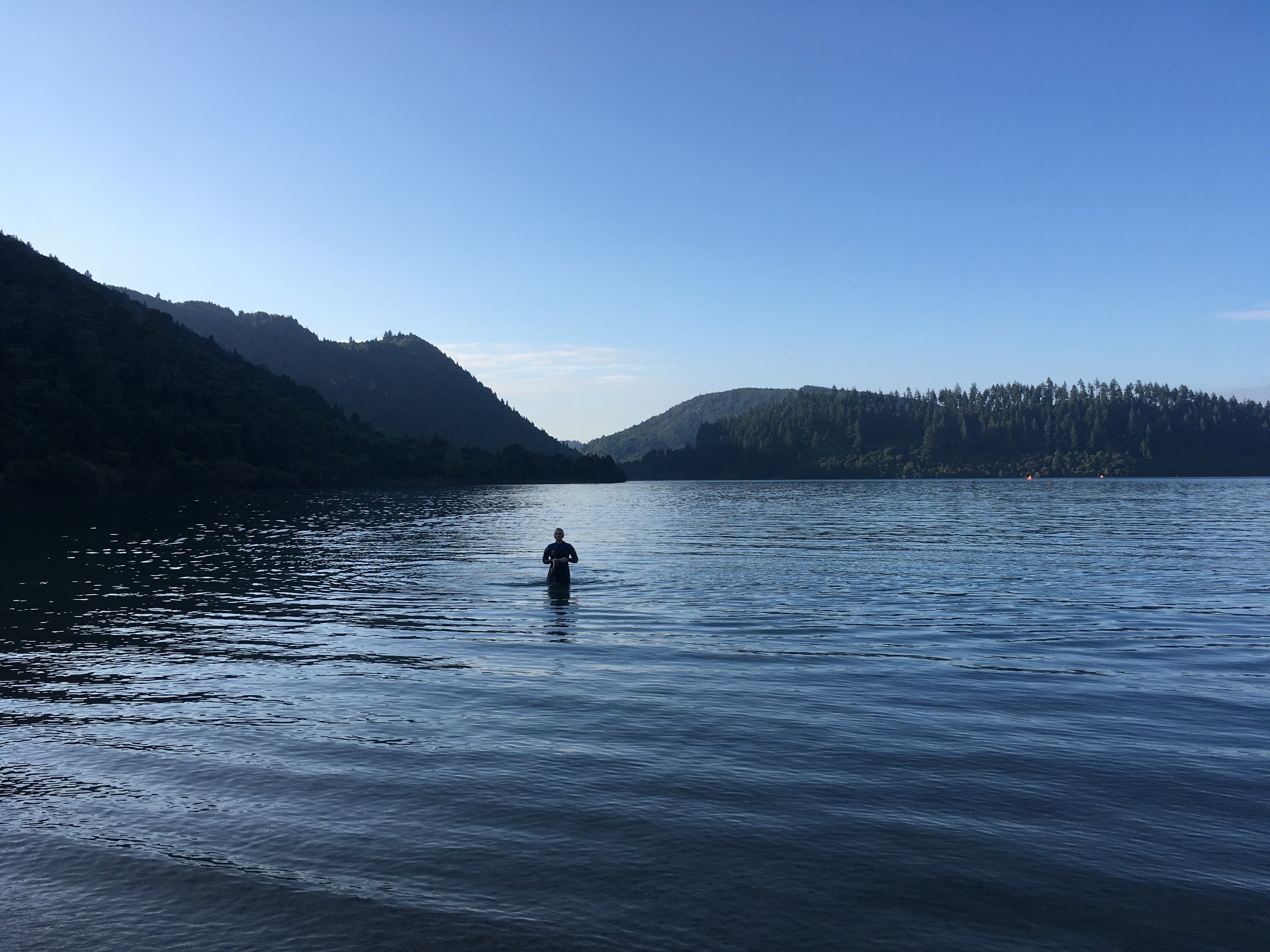


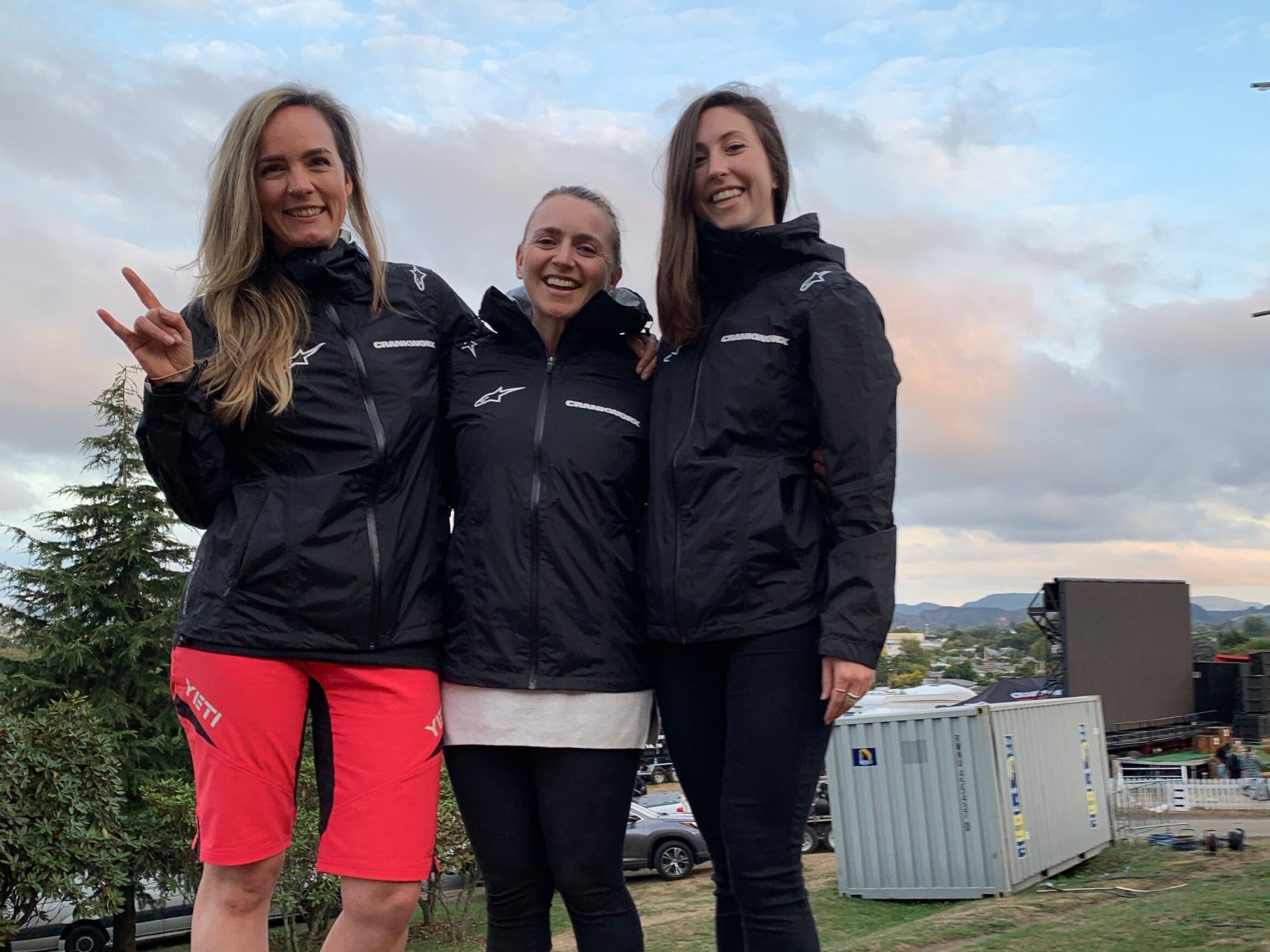
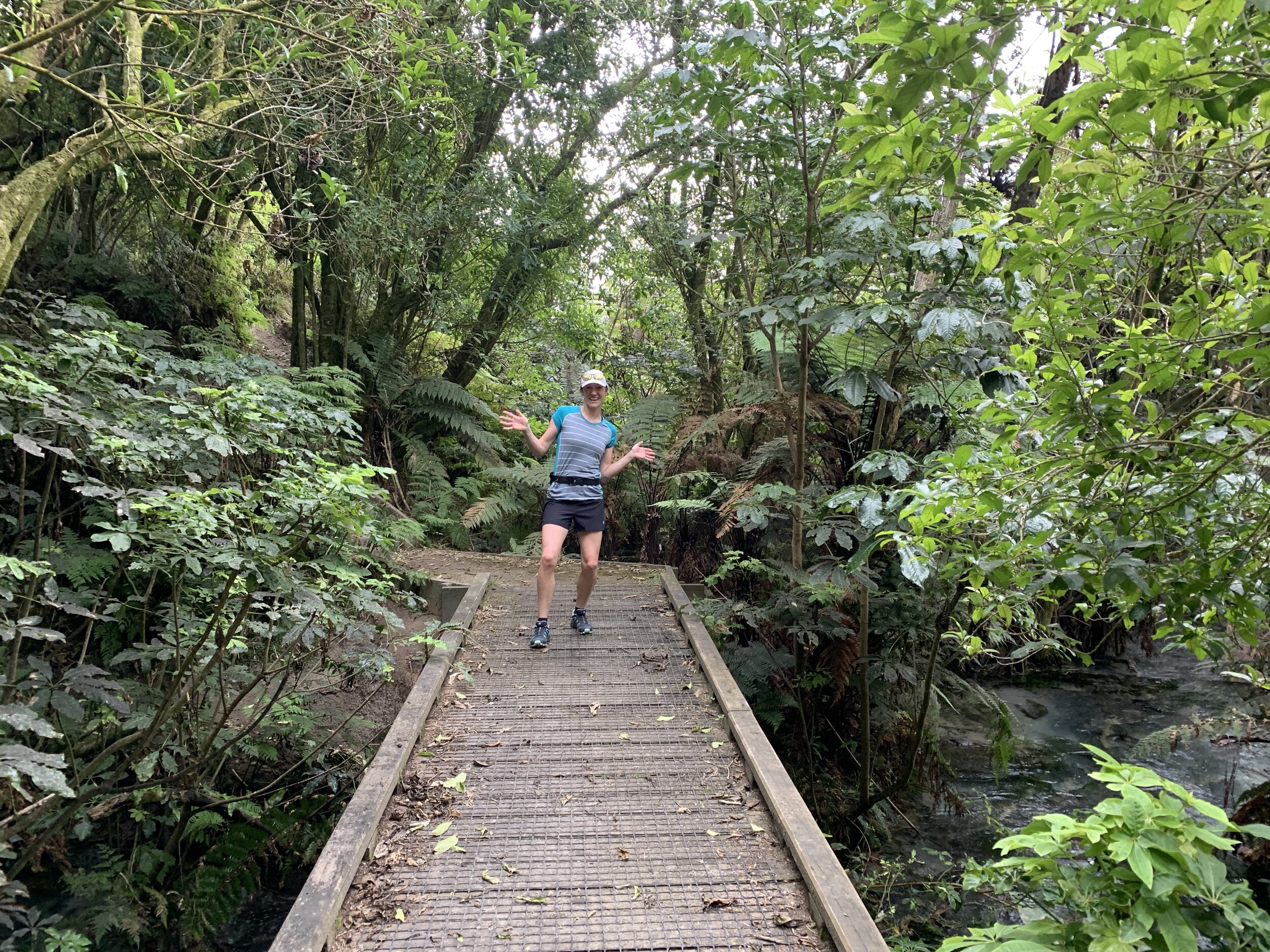

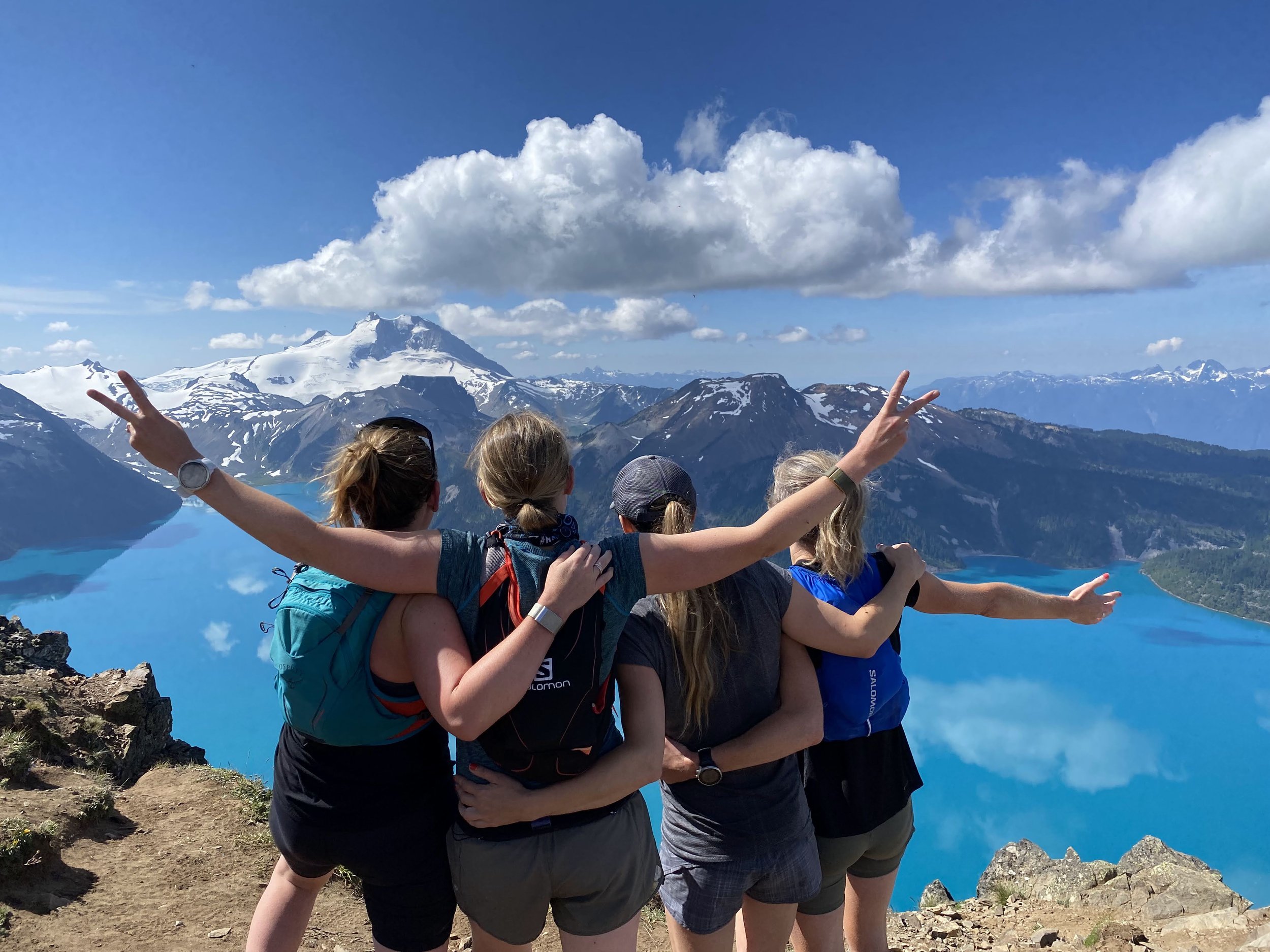







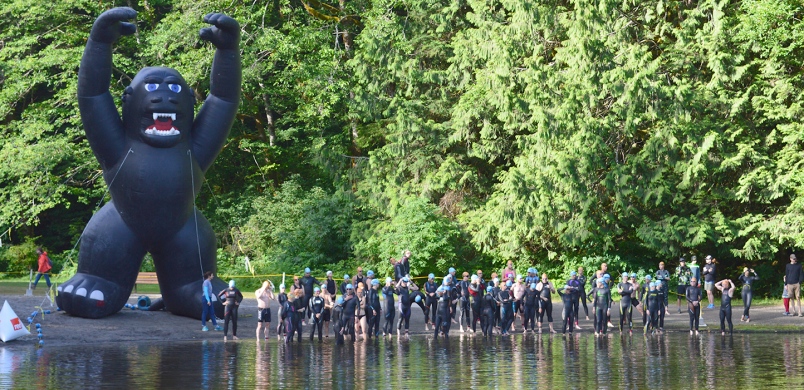
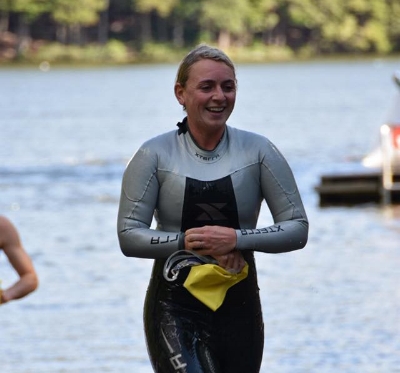
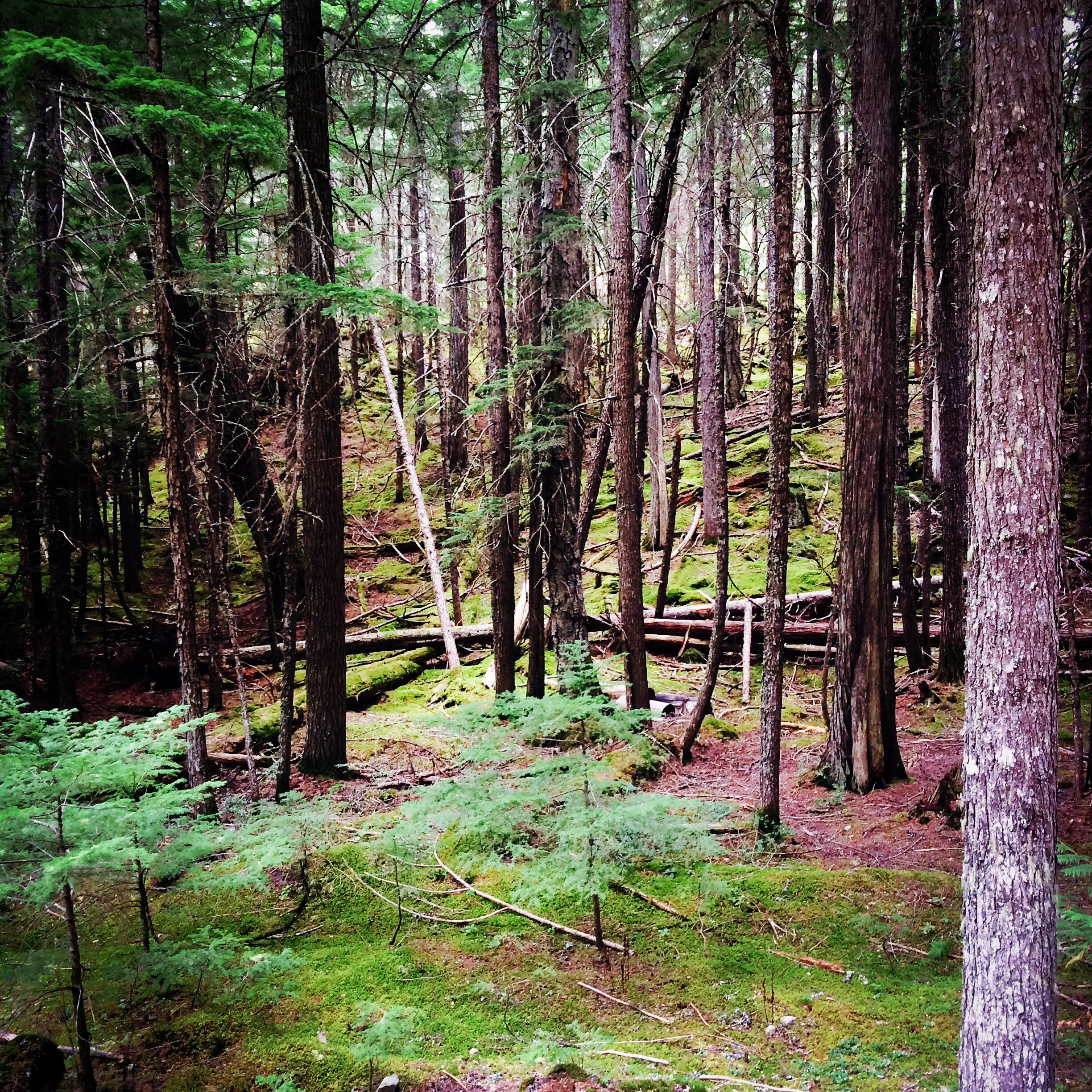


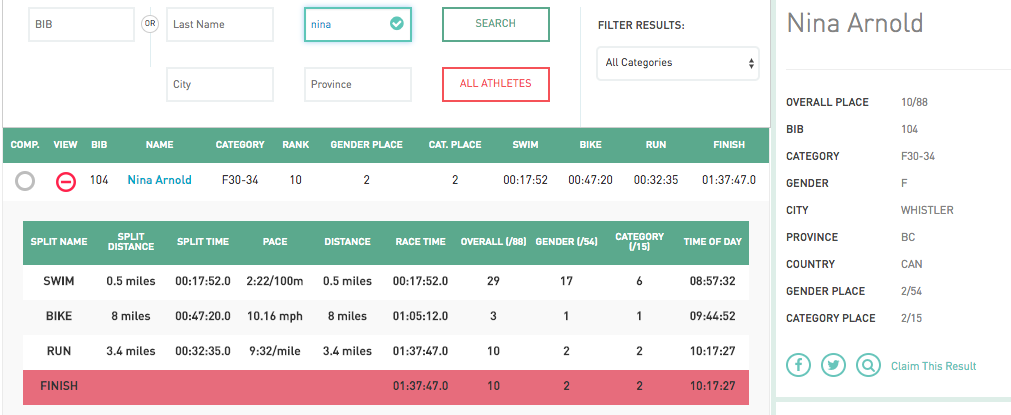





Looking for quick, scenic trail runs in the Sea to Sky? Explore five favourites near Whistler, Squamish and Pemberton featuring glacier lakes, alpine vistas and forest trails perfect for adventurous runners.